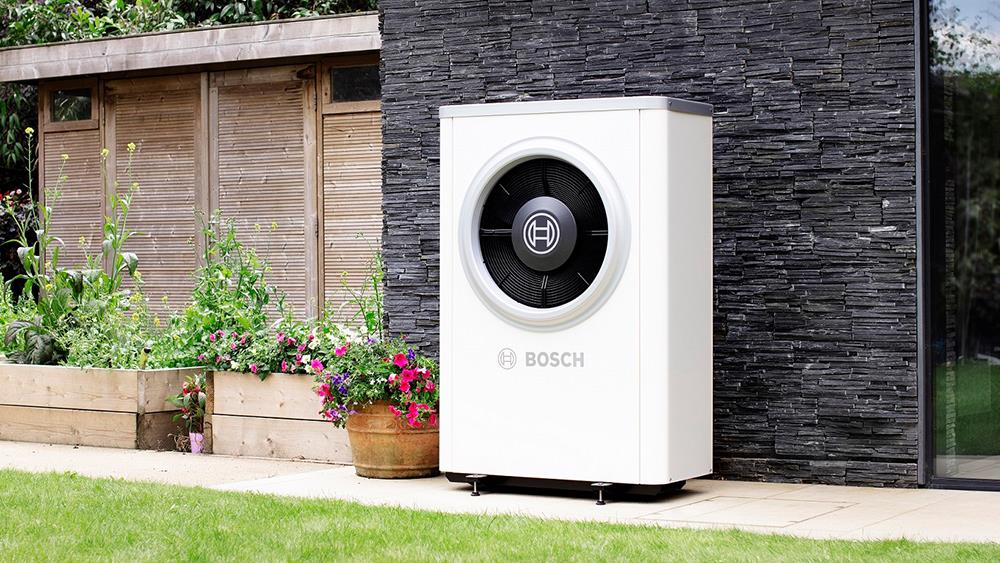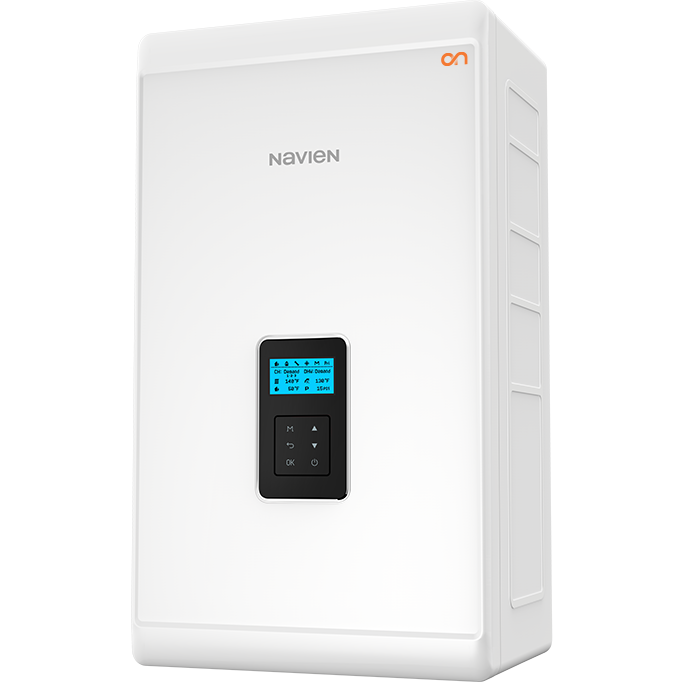This problem can be easily identified yourself and rectified with ease, in most cases by simply adding more water to your central heating system, commonly known as topping up. When there is a loss of pressure the boiler will go into fault mode to protect itself from any potential damage while running on low water.
To top up the boiler you simply need to add water through a filling loop. This is generally done by opening 1 or 2 valves to release water into the central heating system to fill up the radiators. This could be a manufacturer’s in-built filling loop that is connected to the boiler or an aftermarket filling that in most cases is fitted just below the boiler. Here is an image of an aftermarket filling loop.
As you can see from the picture the 2 black handles will need to be opened to allow water to be added to your central heating system. Do this slowly as the water gauge can go up very fast and you could end up having too much water in the system. Water will also naturally dissipate over time in the system and need a refill generally between 6 and 12 months but can be longer.
Afterwards, you should bleed the radiators, to release any air and allow the whole radiator to heat up.
Once this is done, the first thing to look at is the pressure gauge dial on your boiler, this will give an indication of how much pressure there is in your central heating system. If you don’t have a pressure gauge on your boiler then this may be displayed on a digital control panel on the front of the boiler. Ideally the pressure reading should be between 1 and 1.5 BAR, the unit that pressure is measured in.
Low water pressure can occur naturally over time or may be a result of a leak on your central system pipework and radiators or it could be an fault within the boiler. Please see our future posts for information on these issues.
Your digital control panel may display an error code if you don’t know what it means, see the list below of the most common errors and their meanings:
(F1) – Ideal
(E118) – New Baxi/ Main & potterton
(E119) – older Baxi/ Main Potterton
(F37) Ferroli
(ER04) – Biasi
(0.0) – Intergas
(F22) – Vaillant
(A281) or (EA338) – Worcester Bosch
(F22) – Glow Worm
(1P4) & (108) – Atag
(37) – Johnson Starley
(10) – Alpha
(e302) Navien
(108) – Ariston
(21) – Saunier Duval
(E08) , (08E) , (F83) & (28) – Ravenheat
(Al02) – Sime
(AL40) , (AL41) & (A04) – Vokera
If your boiler is not showing any error codes it doesn’t mean it is fine as not all combi boilers will show an error code, some of them use a system of flashing lights to give you an error code. If you are unsure, it is always best to give us a call so we can help further.
Common causes/checks of low water pressure.
The boiler will naturally lose pressure over time due to the constant heating and cooling of the water. In this case you shouldn’t need to fill up the system more than every 6 -12 months, sometimes even longer.
You have a leak on your central heating system. The most common places to look are on your radiators, checking the valves at the bottom of the radiators and the bleed valves and caps at the top of the radiators. A common thing to look for is an orange/rust coloured stain around the valves.
If you have access, look at all the pipework, giving a good look around and under the boiler.
Check underneath the boiler itself.
Check your ceilings, you may see a damp patch indicating a leak from pipework or a valve where the water trickles down the pipe.
If you have exhausted these issues then it may be that your boiler is leaking internally. In most cases this will be a cause of a faulty expansion vessel. This is the vessel that works by taking up the expansion of water when it is heated. If it is faulty there is nowhere for the water to expand so the pressure will rise and when it reaches 3 bar on your dial the pressure valve will activate and evacuate the water outside your home. You will commonly see this pipe on the outside wall to where your boiler is installed.
*****Fun Pub Quiz Fact***** water expands in size by approximately 4% when heated up-to 100 degree’s centigrade.
If you have any questions or are still uncertain how to check or fix low water pressure, feel free to give us a call and we will be more than happy to help you get the issue sorted out.



